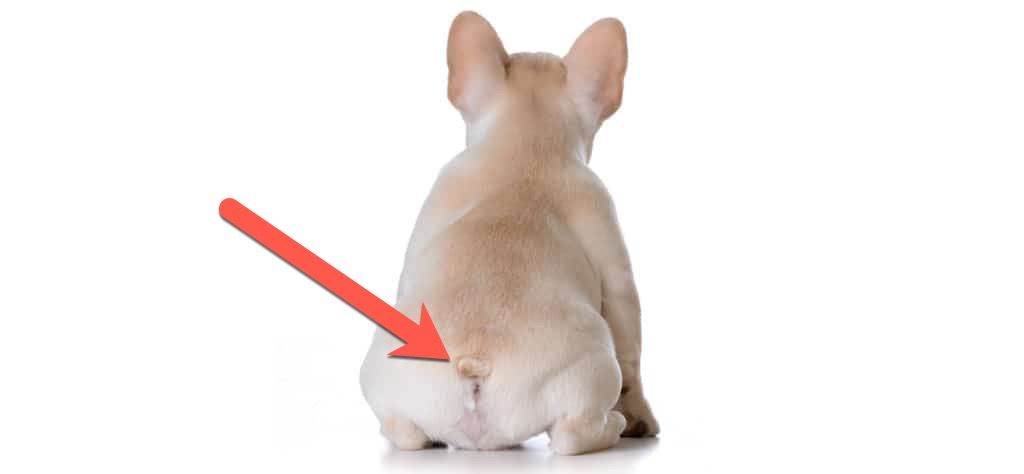Introduction to the French Bulldog Tail
French Bulldogs are a well-liked breed known for their adorable flat faces, bat-like ears, and distinctive tails. Have you ever wondered why their tails look the way they do? This article will reveal the mystery behind the French Bulldog tail, exploring the different types, common health issues, and how to care for them. Whether you’ve owned a Frenchie for some time or are considering getting one, keep reading to learn everything you need to know about their unique tails.

General Characteristics of the French Bulldog Tail
The tail of a French Bulldog is as charming and distinctive as the breed itself. Typically, their tails are short and can have either a straight or corkscrew shape. Unlike many other dog breeds, French Bulldogs are born with naturally short tails that do not require docking. These tails are a result of selective breeding to achieve the breed’s distinct look.
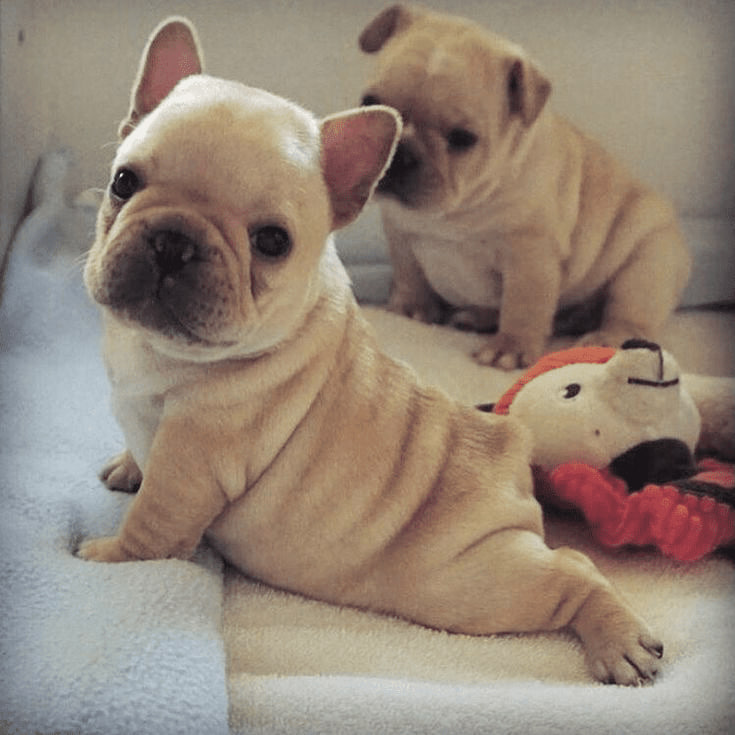
Why is Their Tail Called a Screw Tail?
The phrase “screw tail” refers to the tightly twisted appearance of some French Bulldog tails. This spiral shape is a product of the breed’s genetic makeup and has been passed down through numerous generations. Although it is endearing, it can pose challenges when it comes to grooming and health care.
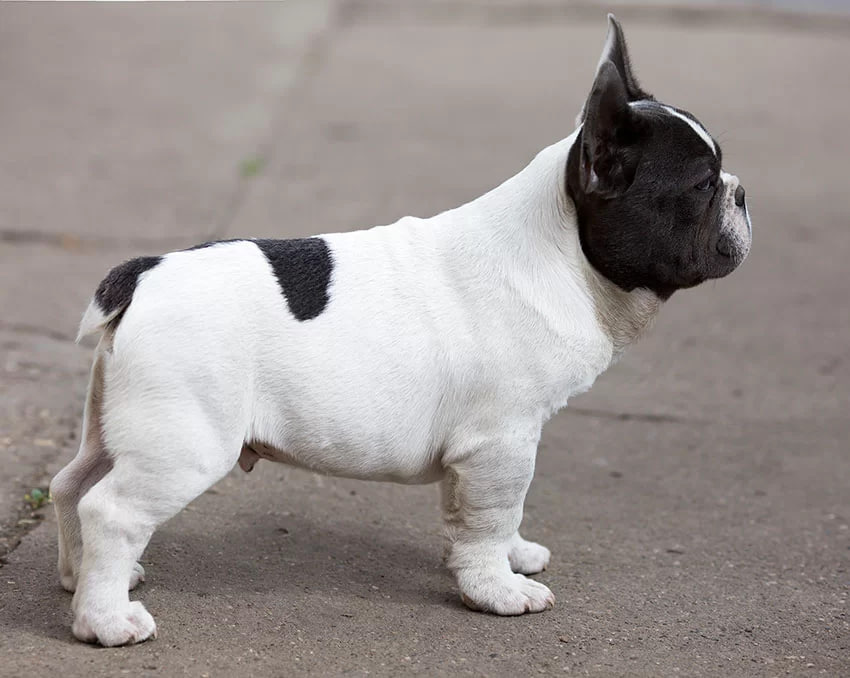
Tail Types of French Bulldogs
Screw Tail
The screw tail is probably the most easily identifiable tail shape for French Bulldogs. It is tightly coiled and sits snugly against the body.
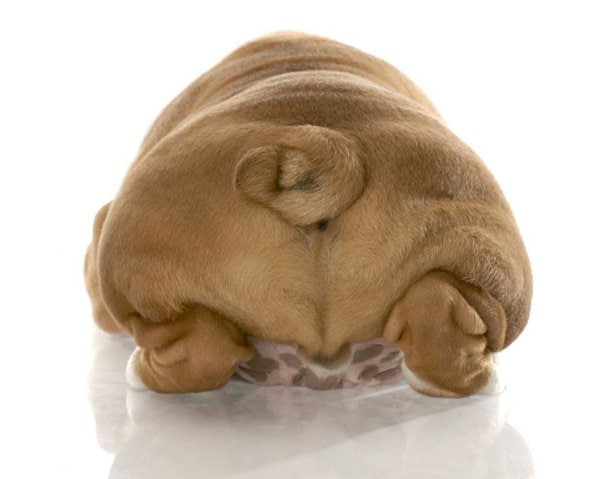
Description and Properties of Screw Tail
Screw tails are usually brief, thick, and often have a visible turn or curve. They are made up of connected vertebrae that create their special spiral form. This distinct tail is what provides the French Bulldog its recognizable look and is often desired by breeders.
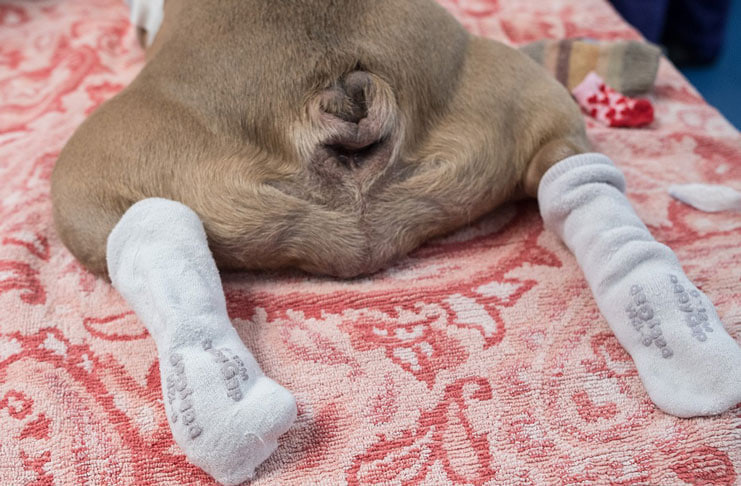
Why Does the French Bulldog Have Such a Twisted Tail?
The spiral tail is a trait that has been refined over numerous generations through selective breeding. Breeders have strived to enhance this unique characteristic to adhere to the breed’s criteria. While aesthetically pleasing, these tightly curled tails may sometimes lead to health issues that require diligent monitoring.
Straight Tail
While less common, there are French Bulldogs with straight tails that are shorter and lack the characteristic curl of the screw tail.
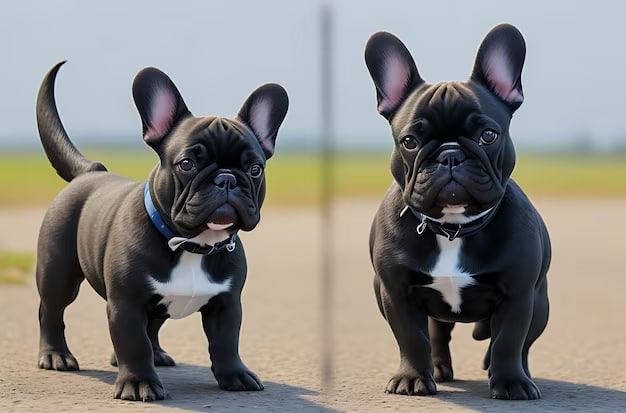
Straight Tail and Variations
The French Bulldog’s tail may be straight or have a slight curve, but it is not as tightly twisted as a screw tail. Nonetheless, it still stays true to the breed’s characteristic short length.
Difference from Screw Tail
The key difference between a straight tail and a screw tail is the level of curvature. Straight tails are easier to care for because they are less prone to gathering dirt and moisture, reducing the risk of infections.
Common Problems with the Frenchies Tails
Health Problems Related to the Tail
French Bulldogs are prone to different health issues associated with their tails, ranging from mild discomfort to more serious infections.
Common Diseases Such as Infections
Due to the deep creases and folds around the tail of a French Bulldog, they are susceptible to bacterial and yeast infections. These areas can trap moisture and debris, leading to discomfort, redness, and discomfort.
How to Prevent and Treat
Frequently cleaning and inspecting the tail area can help prevent infections. Using an antibacterial solution recommended by a vet can assist in keeping the tail clean. If an infection occurs, it is best to consult with your veterinarian for appropriate treatment and attention.
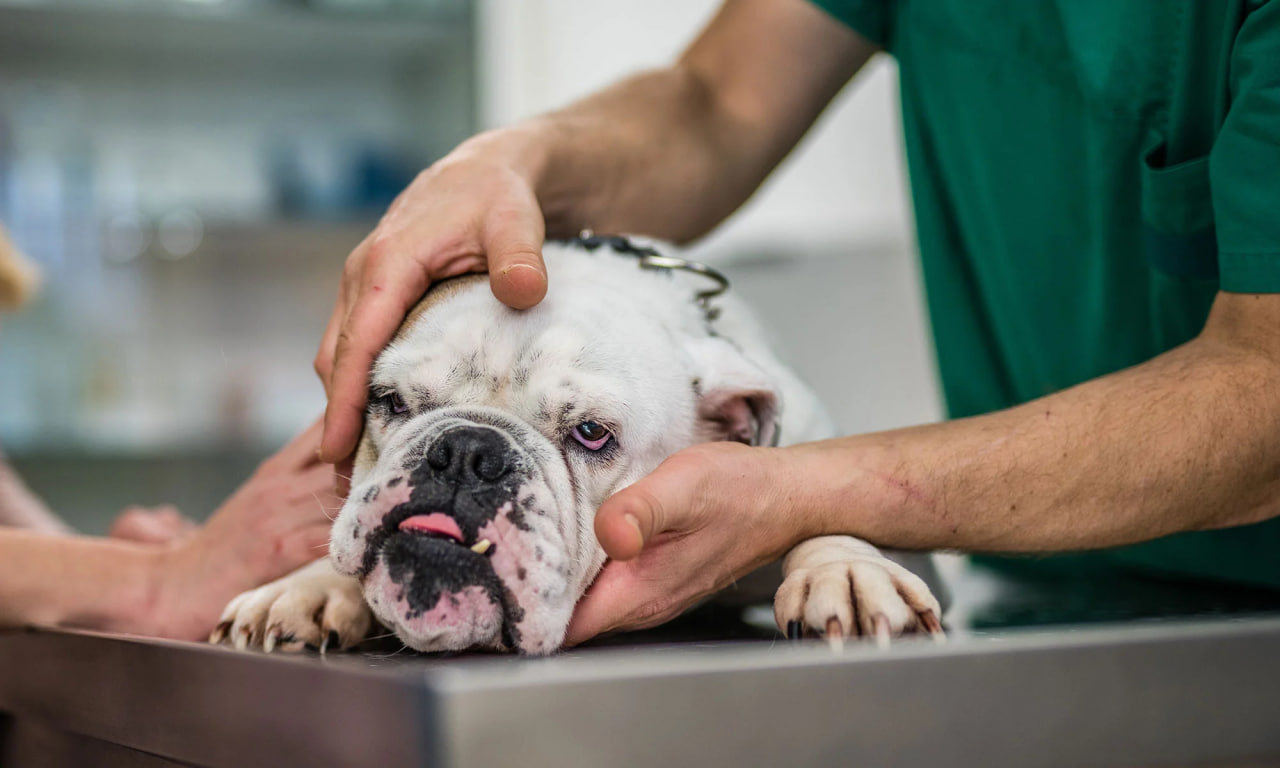
Pathology Related to Tail Development
The genetic makeup that causes the unique tails of French Bulldogs can also result in issues with development.
Cartilage and Bone Problems
Some French Bulldogs may experience issues with the cartilage and bone in their tails, such as abnormal bone development or stiffening, leading to discomfort and mobility challenges.
How to Recognize and Handle
Keep an eye out for any signs of discomfort, swelling, or unusual lumps around the tail area. If you notice these symptoms, it is crucial to seek advice from a vet promptly. Taking action early often prevents more serious issues from developing.
Read more at: Best Food for French Bulldog
French Bulldog Tail Care
Daily Care
Taking care of a French Bulldog’s tail is crucial for their overall well-being and happiness. It is necessary to regularly check and maintain the tails of French Bulldogs, regardless of their shape, to prevent any potential health issues. Below are specific instructions to ensure that your Frenchie’s tail stays healthy and content.
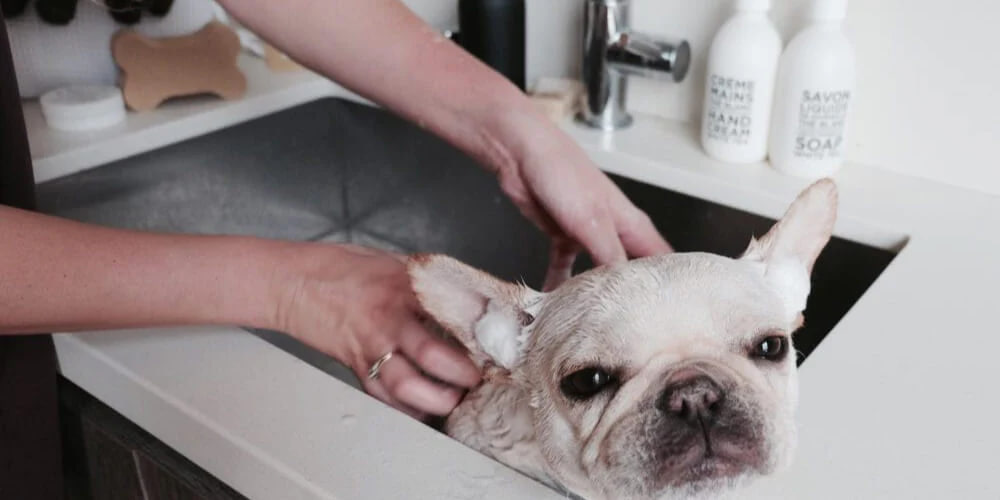
Clean and Stretch the Tail
It is crucial to clean your French Bulldog’s tail regularly to prevent the buildup of dirt, bacteria, and debris. Use a mild cleanser that is safe for dogs to wash the tail and surrounding area. When cleaning, gently extend the tail to keep it flexible and inspect for any signs of irritation or discomfort.
Check for Injuries or Unusual Signs
It is important to regularly inspect your French Bulldog’s tail for any signs of injuries or unusual symptoms. Look for cuts, scratches, redness, swelling, or any strange discharge that could indicate an infection. Addressing these problems promptly can prevent them from escalating into more serious health concerns.
Clean and Apply Cream to the Tail
Caring for the tails of French Bulldogs involves using the right products. After cleaning the tail, it’s important to make sure it is thoroughly dried to prevent infections from developing due to moisture accumulation. Applying a cream suggested by a vet can provide additional protection, keeping the skin and fur around the tail healthy.
Products That Are Safe for Skin and Fur
When selecting products for your French Bulldog’s tail, opt for items designed specifically for dogs. Avoid harsh chemicals that could potentially irritate the skin. Instead, choose products with antibacterial and antifungal properties to keep the tail clean and healthy. These products can aid in preventing infections and soothing any existing irritations, ensuring your Frenchie remains comfortable.
Essential Steps to Keep Your Tail Dry and Clean
After cleaning your French Bulldog’s tail, make sure it is completely dry. Moisture in the tail area can cause bacteria and fungi to develop. Gently pat the tail dry with a soft towel and consider using a recommended powder by a vet to keep it dry throughout the day. This extra care is especially important for French Bulldogs with tightly curled or deeply folded tails, as these areas are more likely to trap moisture.
What can Frenchies avoid eating to prevent issues with their tails?
In order to keep French Bulldogs’ tails healthy, it’s essential to pay attention to their diet. It’s crucial to avoid specific foods and ensure they have a well-balanced diet. What can French Bulldogs eat? French Bulldogs should stay away from the following:
Allergenic foods: Dairy, wheat, and certain meats can cause skin irritations and infections around the tail area due to allergies.
Processed foods: Foods with artificial additives, preservatives, and high levels of salt and sugar can harm skin health and worsen tail problems.
High-fat foods: Consuming excessive fatty foods can lead to obesity, which can worsen tail-related health issues and impact overall mobility.
Toxic foods for dogs: Chocolate, onions, garlic, grapes, raisins, and some nuts should be avoided as they are dangerous for dogs and can cause severe health issues.

Reason for Tail Cutting
Tail docking in French Bulldogs, also referred to as French Bulldog tail docking, has sparked debate among dog owners and breeders for an extended period. Previously, tail docking was carried out to prevent injuries, especially in working dogs. However, the reasons for tail docking have evolved over time, with a greater focus on aesthetics and traditions rather than functionality.
Benefits and Disadvantages of Tail Docking
Supporters argue that tail docking may prevent health issues such as tail injuries or infections, but critics argue that it is unnecessary and painful for dogs. Studies suggest that the benefits of tail docking do not outweigh the pain and distress it causes. Furthermore, modern breeding practices aim to produce French Bulldogs with naturally short tails, rendering tail docking obsolete. French Bulldogs can have healthy and functional tails, whether straight or corkscrew-shaped, without the need for docking.
Current Status and Views on Tail Docking
The debate on whether French Bulldogs should have their tails docked is heavily influenced by legal and ethical considerations. Many countries have implemented strict regulations banning tail docking, considering it cruel and unnecessary. Reputable breeders and veterinarians advocate for leaving the dogs’ tails intact and emphasize the significance of proper tail maintenance to promote the dogs’ health and happiness.
Legal Regulations and Ethical Considerations
Numerous European countries and Australia have enforced stringent regulations prohibiting tail docking due to its classification as animal cruelty. These laws are supported by veterinary groups and animal welfare organizations, asserting that the practice causes unwarranted suffering and discomfort. Ethical breeders choose to produce French Bulldogs with naturally short tails, aligning with modern standards of humane treatment and breeding practices.
Protests and Animal Protection Campaigns
Animal welfare groups are actively campaigning against tail docking, raising awareness about its negative effects and advocating for stronger enforcement of existing regulations. They highlight the importance of French Bulldog tails both aesthetically and functionally, asserting that they should remain intact. The movement to safeguard animals from unnecessary procedures is gaining momentum, with an increasing number of individuals backing a complete prohibition on tail docking.

Conclusion and Advice
In essence, the French Bulldog tail is a distinctive feature that needs special care and attention. Whether your Frenchie has a corkscrew tail or a straight one, it’s crucial to be aware of their specific requirements and potential health issues for their overall well-being.
Regular cleaning, appropriate grooming, and vigilant monitoring for any signs of discomfort or infection are vital to ensure the health and happiness of your French Bulldog tail. If you’re thinking about getting a French Bulldog or already have one, remember that their unique tails are a significant part of their appeal and personality.
For personalized advice on how to care for your French Bulldog tail, it’s recommended to consult a veterinarian. They can offer tailored suggestions and products to keep your French Bulldog tail in good health. Embrace the charming quirks and lovable nature of your French Bulldog, knowing that you’re fully equipped to care for every aspect of them, including their adorable tails.

